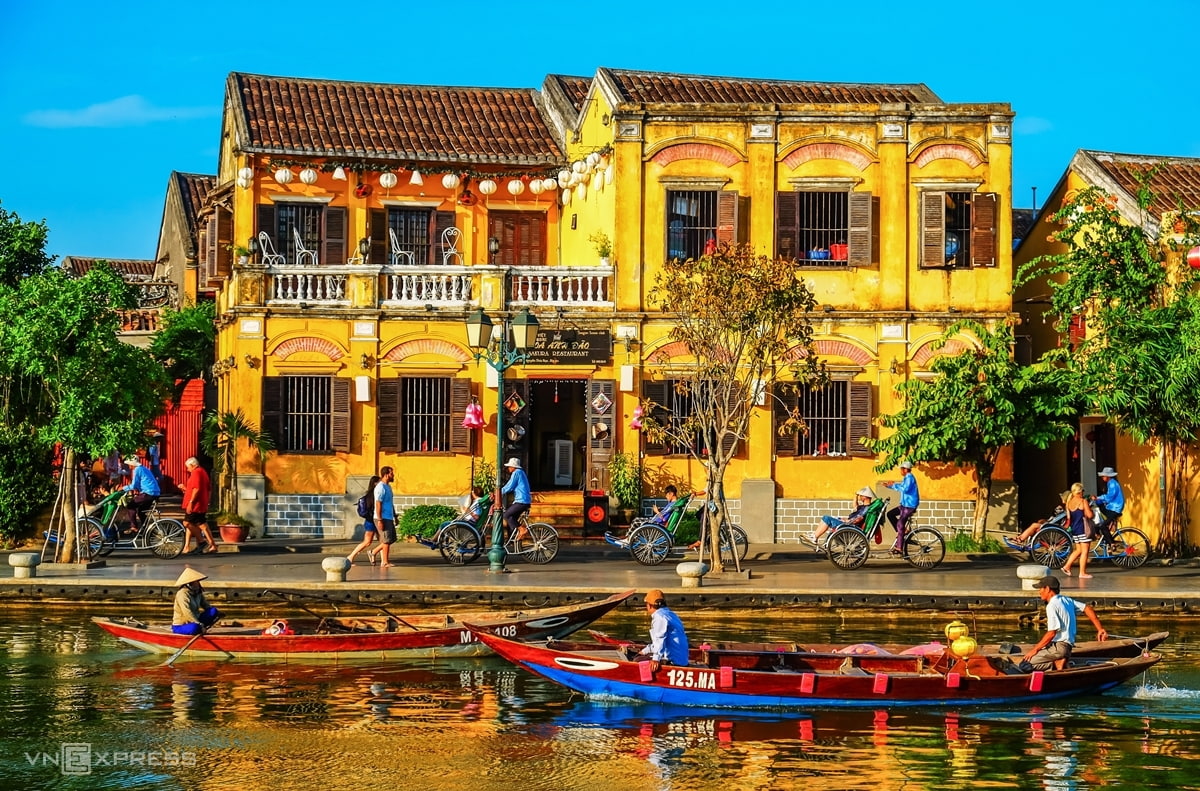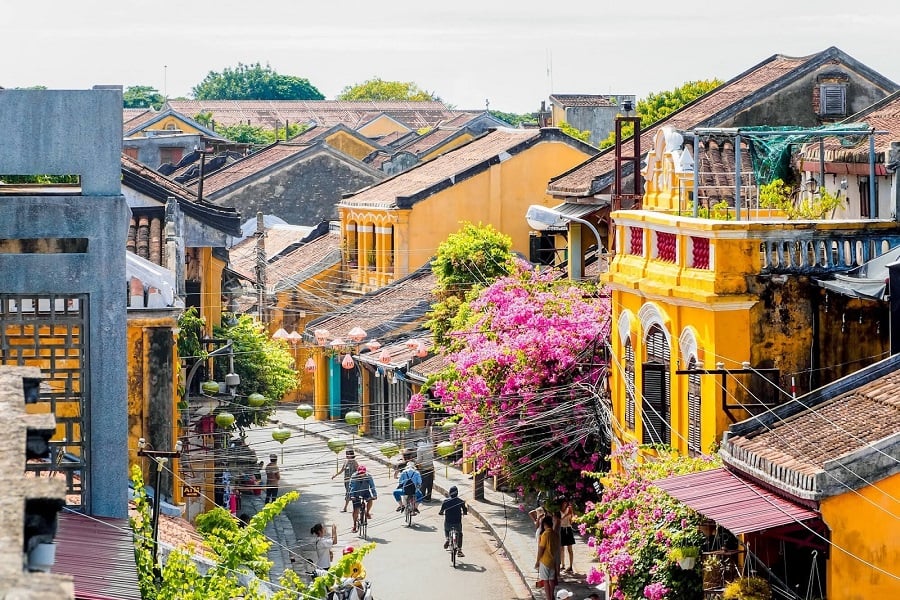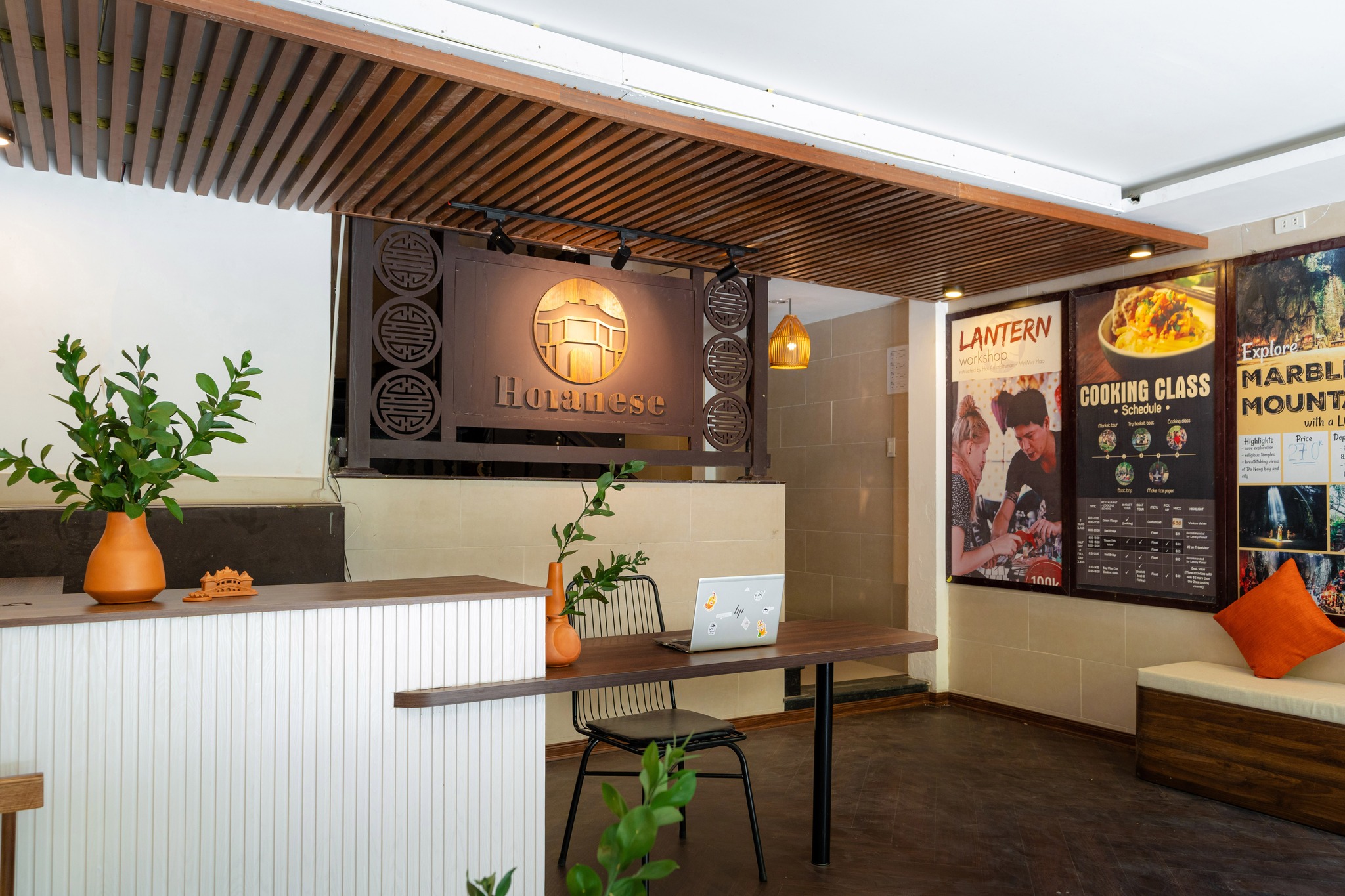
Sharing is caring!
Brief synthesis
From the 15th century to the 18th century, Hoi An was an international trading port. At that time, Hoi An was the economic center of Dai Viet ( later known as Vietnam) as well as one of the biggest trading ports in Southeast Asia. People from all over the world such as Japan, China, France, Portugal, Thailand, Italy, and so on came here to live and trade numerous products with indigenous people such as silks, ceramics, and peppers.

At the beginning of the 19th century, due to the geographical change, the Cua Dai estuary ( in Hoi An) became smaller plus the development of Da Nang port (close to Hoi An), Da Nang became the new center of trading and Hoi An gradually lost its importance and economic role. As a result, Hoi An remained almost untouched and avoided urbanization in Vietnam for over the next 200 years.
Special traditional architecture
Hoi An ancient town comprises more than 1000 architectural monuments including streets, houses, pagodas, temples, assembly halls, and so on.
The most common type of housing in Hoi An is a one or two-story house with a narrow width and very long depth, creating a tubular house. The main materials used to build houses here have high strength and durability due to the harsh climate and annual floods in this area. Usually, houses have a wooden frame structure with brick walls separating the two sides. The average campus of the houses is about 4 to 8 meters wide, and about 10 to 40 meters deep, varying from street to street. In fact, houses in Hoi An include mainly 3 parts: commercial space, living space, and worship space. This division is suitable for narrow premises and combines many functions of the house. It can be seen that this is an architectural product of regional culture.
Hoi An- A cultural fusion
One of the most notable features of Hoi An is the manifestation of fusion cultures over time. The living heritage reflecting the diverse communities of the indigenous inhabitants of the town, as well as foreigners, has also been preserved and continues to be passed on. Hoi An Ancient Town remains an exceptionally well-preserved example of a South-East Asian trading port dating from the 15th to the 18th century. You will easily recognize Japanese cultural influence when visiting the Japanese Bridge, Chinese culture in Assembly halls and temples, and French architecture in some big buildings.
In 1999, Unesco recognized Hoi An Ancient Town as a World Heritage Site following two criteria:
Criterion (ii): Hoi An is an outstanding material manifestation of the fusion of cultures over time in an international commercial port.
Criterion (v): Hoi An is an exceptionally well-preserved example of a traditional Asian trading port.

How to visit Hoi An Ancient Town?
– If you walk around the ancient town, it’s free entrance.
– There are certain places in Hoi An requiring you to have a ticket. It’s worthy-only 60 000 VND/ 5 places










